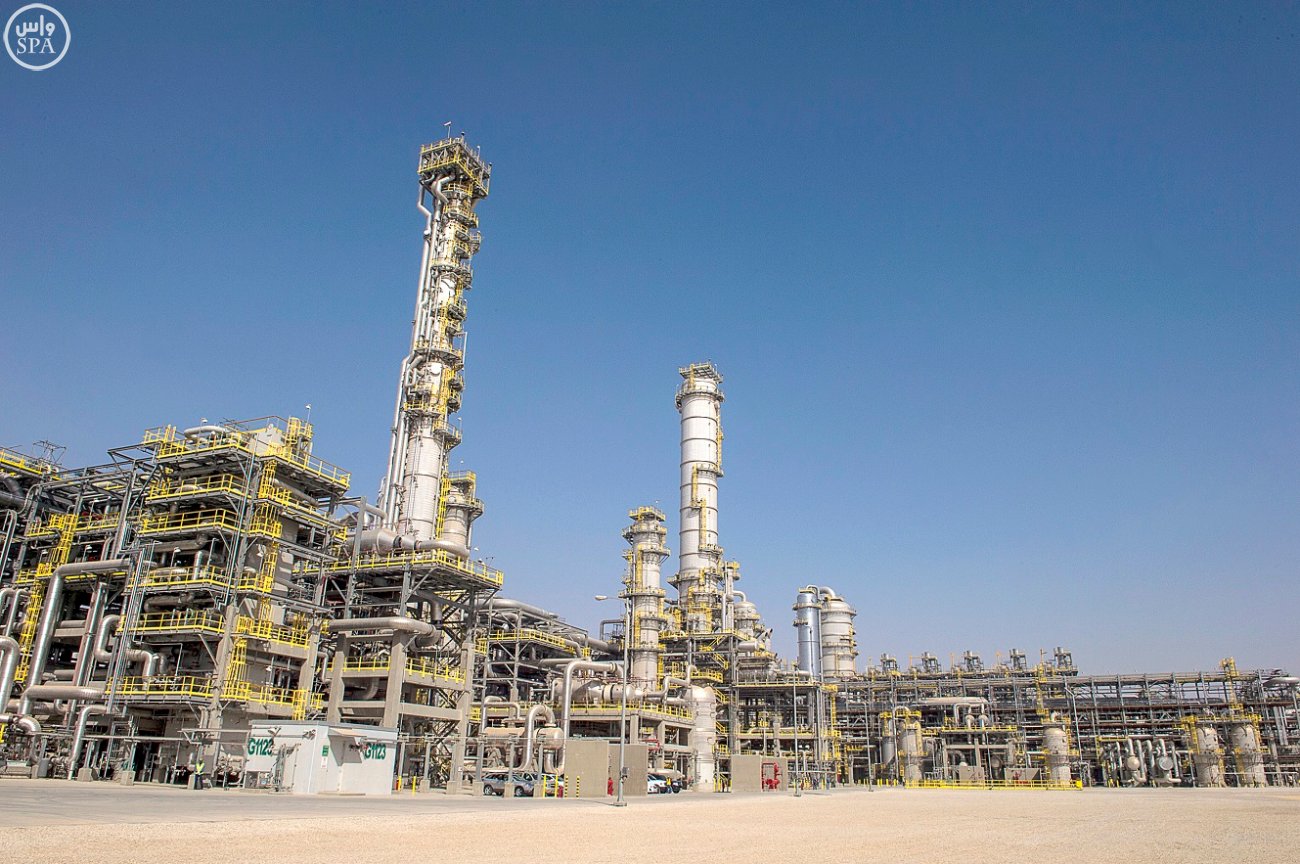A recent peer-reviewed report by the King Abdullah Petroleum Studies and Research Center (KAPSARC) finds that OPEC’s spare capacity reduces oil price volatility and generates between $170 and $200 billion of annual economic benefits for the global economy.
“Rising international oil prices and increased geopolitical uncertainty have put OPEC’s spare production capacity back into the spotlight,” writes Adam Sieminski, KAPSARC’s President, in pointing to the piece by authors Axel Pierru, James L. Smith, and Tamim Zamrik in this month’s Energy Journal.
“Investments in spare capacity provide value to the economy because deploying the production held in response to disruptions saves costs that result from price volatility. This value can be calculated by subtracting the gross domestic profit (GDP) losses that the world would expect to suffer even after deploying the spare capacity buffer from the expected losses without the buffer. The expected losses depend on the buffer size, the magnitude and persistence of the shocks, and on the global GDP losses incurred when there are production shortfalls,” Sieminski says.
“For many years analysts have judged oil market stability by considering the level of excess production capacity maintained almost exclusively by OPEC. The production and delivery of oil to the market is subject to frequent disruptions, whether from conflicts, natural disasters, labor strikes, port closures, or political sanctions. In addition, demand can be affected by other factors such as the general state of the global economy. The rigidity of demand and supply magnifies the impact of any disruption, and restoring equilibrium to the market often requires sharp price movements, especially in the short term,” writes Sieminski.
The study uses monthly data to build and estimate a model to analyze a ‘counterfactual’ scenario — comparing what would have been the outcome if OPEC had not deployed spare capacity to the actual outcome observed in global oil markets. The model describes how OPEC maintains a buffer of spare capacity that it uses to offset perceived shocks to global oil demand and supply. The analysis of OPEC’s behavior recognizes that the economic, industrial or geopolitical information necessary to accurately judge the size of such shocks is never fully available, which limits OPEC’s ability to stabilize the price of oil. In addition, the model accounts for OPEC’s logistical constraints and compliance levels.
[Click here to read the introductory article to the paper from KAPSARC] • [Click here to download and read the full work in Energy Journal]









